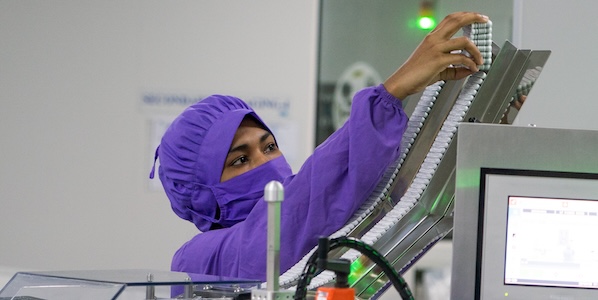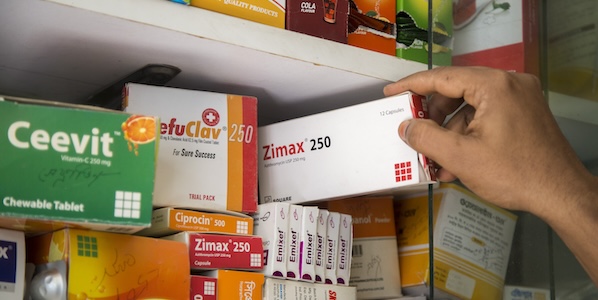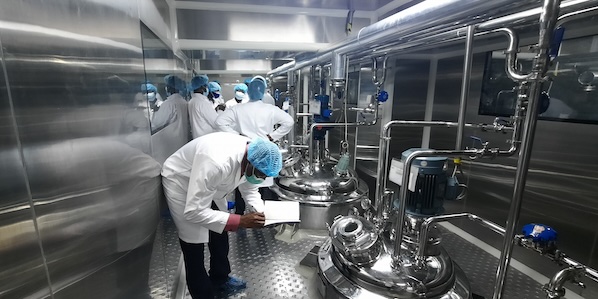Access to and appropriate use of quality-assured medical products (medicines, vaccines, devices) is essential for effective health interventions at all levels of the health system. However, the use of substandard and falsified (SF) medical products makes it difficult for health systems to respond effectively to public health needs. Traditionally, international development partners have sought to reduce the amount of poor-quality medical products in public health programs and in the private sector by helping national governments address supply-side issues. Supply-side interventions include efforts to improve medical product manufacturing, regulatory oversight, product packaging and labeling, procurement decisions, product distribution and storage, and product surveillance throughout the medical product lifecycle.
Supply-side strategies focused on strengthening medical product supply chains are not enough and must be complemented by demand generation for quality-assured medical products by increasing provider and consumer awareness and influencing behavior. Increased demand for quality medical products pushes health systems to ensure that only quality products reach patients, engages more health system actors in identifying SF medical products, and can shift procurement and consumption behaviors. Well-designed Social and Behavior Change (SBC) interventions can be implemented to raise awareness, identification, and reporting of SF medical products at the consumer and community levels.
PQM+ partnered with BreakThrough ACTION and undertook a review of SBC interventions designed to increase demand for quality-assured health products. These interventions are designed to increase demand for quality-assured health products, reduce demand for and consumption of products of uncertain quality, and increase information sharing to effect improvements at higher levels of the medical product quality assurance (QA) ecosystem.
The paper identifies past interventions and outlines evidence gaps for further study.






